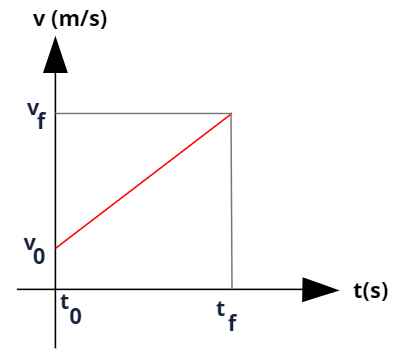nerves correspond to a set of nerve fibers joined by dense connective tissue, organized in bundles and responsible for the transmission of nerve impulses. sensory fibers carry impulses from cells to the central nervous system; motor fibers, from the central nervous system to the muscles.
→ cranial nerves
Cranial nerves depart from the brain, in twelve pairs, connecting it to sense organs and muscles, especially those located in the head region.
Mind Map: Cranial Nerves

*To download the mind map in PDF, Click here!
Are they:
I - olfactory nerve
It is a sensory nerve and, as its name suggests, it transmits impulses related to the smell.
II - Optic nerve
Also sensitive. Its fibers are related to the visual impulses.
III- Oculomotor nerve
Motor nerve that is related, as its name implies, to eye movement. It is important to point out that this nerve is related to four of the six external muscles that move this important structure.
IV- Trochlear nerve
This nerve is the smallest of the cranial nerves. It innervates the superior oblique muscle of the eye.
V- Trigeminal nerve
It is a mixed nerve: motor fibers are related to the muscles of mastication; and the sensitive send messages from the eyes, tear glands, eyelids, teeth, gums, lips, palate, facial skin and scalp.
VI- Abducens nerve
Predominantly motor type nerves that are responsible for information related to eye movements, as well as the adjustment of focus and light. Some sensory fibers act on information regarding the individual's muscular conditions.
VII- Facial nerve
Mixed nerve. Motor fibers provide impulses related to facial expression and tear release and Spittle. Sensory fibers are responsible for aspects related to taste.
VIII- Vestibulocochlear nerve
This sensory nerve is related to body balance and hearing.
IX- Glossopharyngeal nerve
The mixed type. Sensory fibers are responsible for impulses originating from the pharynx, tonsils, tongue and carotids; and the motor, for carrying impulses to the salivary glands and pharyngeal muscles.
X- Vague nerve
Mixed nerve that is related to heartbeat, lung function and digestive system, speech and swallowing.
XI- Accessory nerve
Motor nerve that sends messages to shoulders, neck, pharynx, larynx and soft palate.
XII- Hypoglossal nerve
Motor nerve responsible for the movements of the tongue, pharynx and larynx muscles.
* Mind Map by Ma. Vanessa dos Santos
By Mariana Araguaia
Graduated in Biology
Source: Brazil School - https://brasilescola.uol.com.br/biologia/doze-pares-de-nervos.htm


